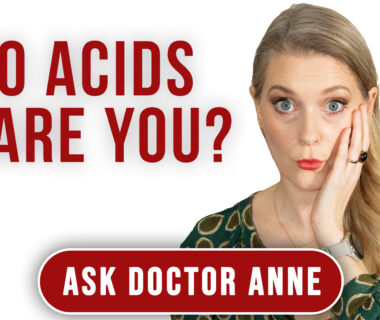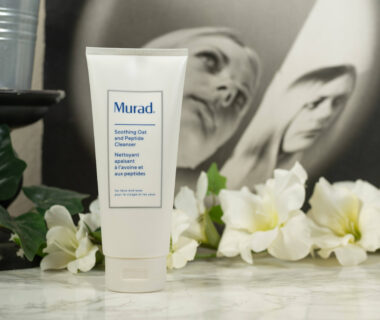ADVERTISEMENT INFO: LINKS USED ARE AFFILIATE LINKS. I RECEIVED NO MONEY TO WRITE THE BLOGPOST. PLEASE READ DISCLAIMER
Tiny white bumps on your face that look like whiteheads, but no matter what you try, you can’t pop them? Most likely those are Milia, and while you shouldn’t squeeze anything you have on your face, with Milia it is an especially bad idea.
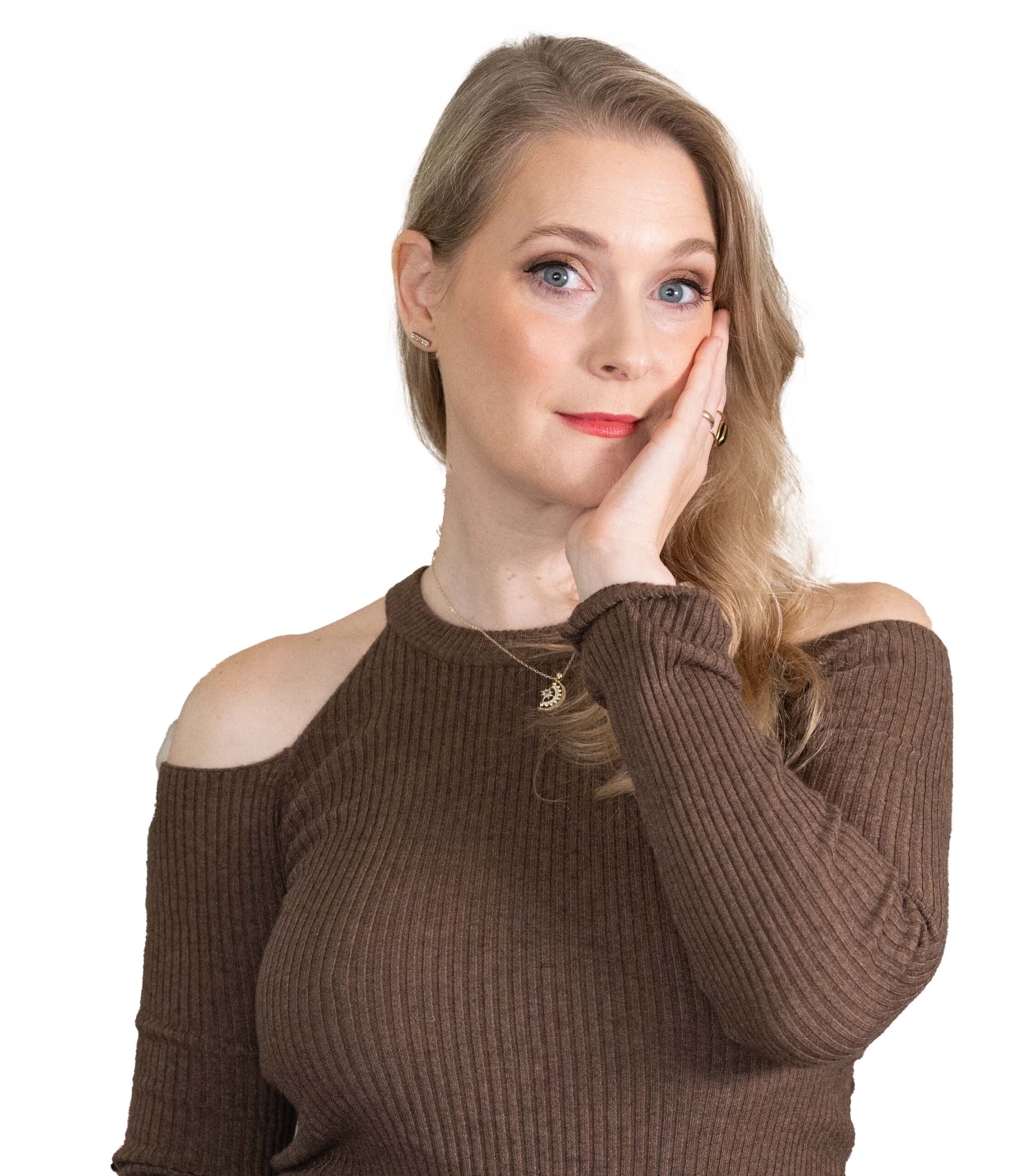
But what are they, why do they appear and how can you successfully treat them? We will talk about all that today.
And as always you are more than welcome to share your individual tips for Milia treatment and prevention in the comments.
What are Milia?
Milia are tiny, Keratin filled cysts that very often appear on the face, but can be found anywhere on the body. One single cyst is actually called Milium, with Milia being the plural. That has absolutely nothing to do with treatment and prevention, but still is important to me! You will say: I have one Milium on my cheek or I have several Milia on my cheek – usually you’ll have several though.
Another name for them is milk bumps, as they quite commonly appear in newborns, and they form when Keratin, the protein, gets trapped underneath the skin. They are benign, meaning they cause no harm, and transient, meaning they go away on their own – but that can take months.
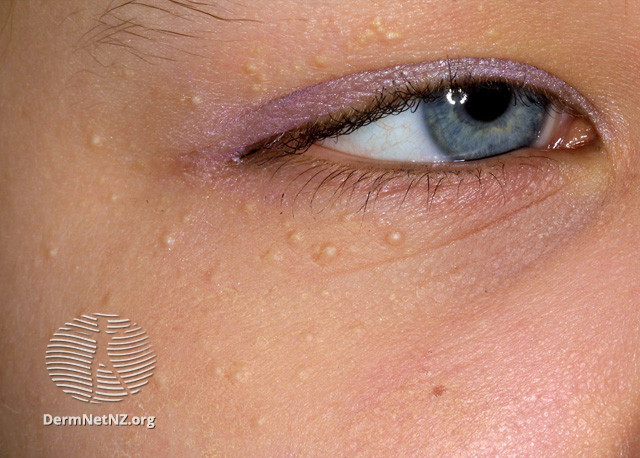
Pic: DermNetNZ
Are there different types of Milia?
Milia are divided in a primary and a secondary type, with primary describing the congenital ones, meaning a baby is born with milia, and the ones caused by rare inherited genetic skin disorders. Secondary ones are the ones that appear later in life and are triggered by certain things we will talk about in a minute.
Another way to differentiate them is by the age they appear at: neonatal milia or juvenile milia for example. (More info: The best skincare routine for teenage skin)
All that doesn’t really matter much for you though, while primary and secondary milia most likely start forming in different skin structures, the end result is the same.
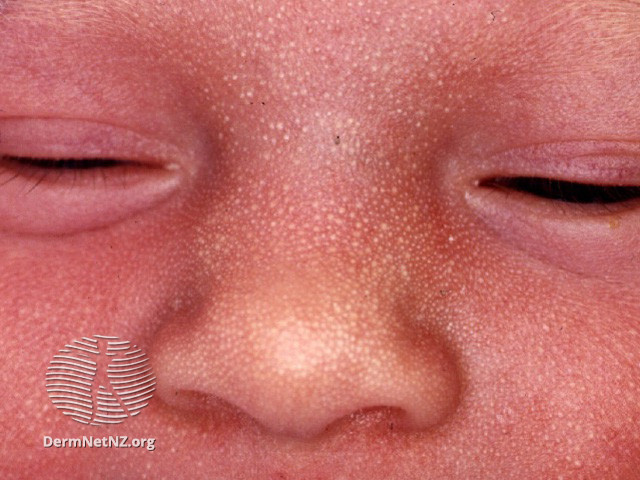
Pic: DermNetNZ
Why do I get Milia?
Some people are prone to Milia and get them easily and frequently, others rarely do even when facing the same triggers, so there is most likely a genetic component. Which one that is we don’t know yet and there doesn’t seem to be a difference between sexes and ethnicities.
While primary milia appear in up to 50% of healthy newborns without an identifiable trigger, secondary milia most often appear due to trauma to the skin. Trauma not only in the sense of visible injury, but often after microtrauma caused by as little as rubbing too hard with a washcloth or, always the culprit, sun damage.
The most common triggers are:
- chronic use of steroid creams on the skin
- microtrauma through exfoliation, microdermabrasion, rubbing
- chronic sun exposure
- major trauma like skin blistering, burns, radiotherapy
- use of thick, occlusive ointments with Lanolin or Parrafinum Liquidum
- aging with the reduction in spontaneous exfoliation that supports thing getting trapped underneath the skin
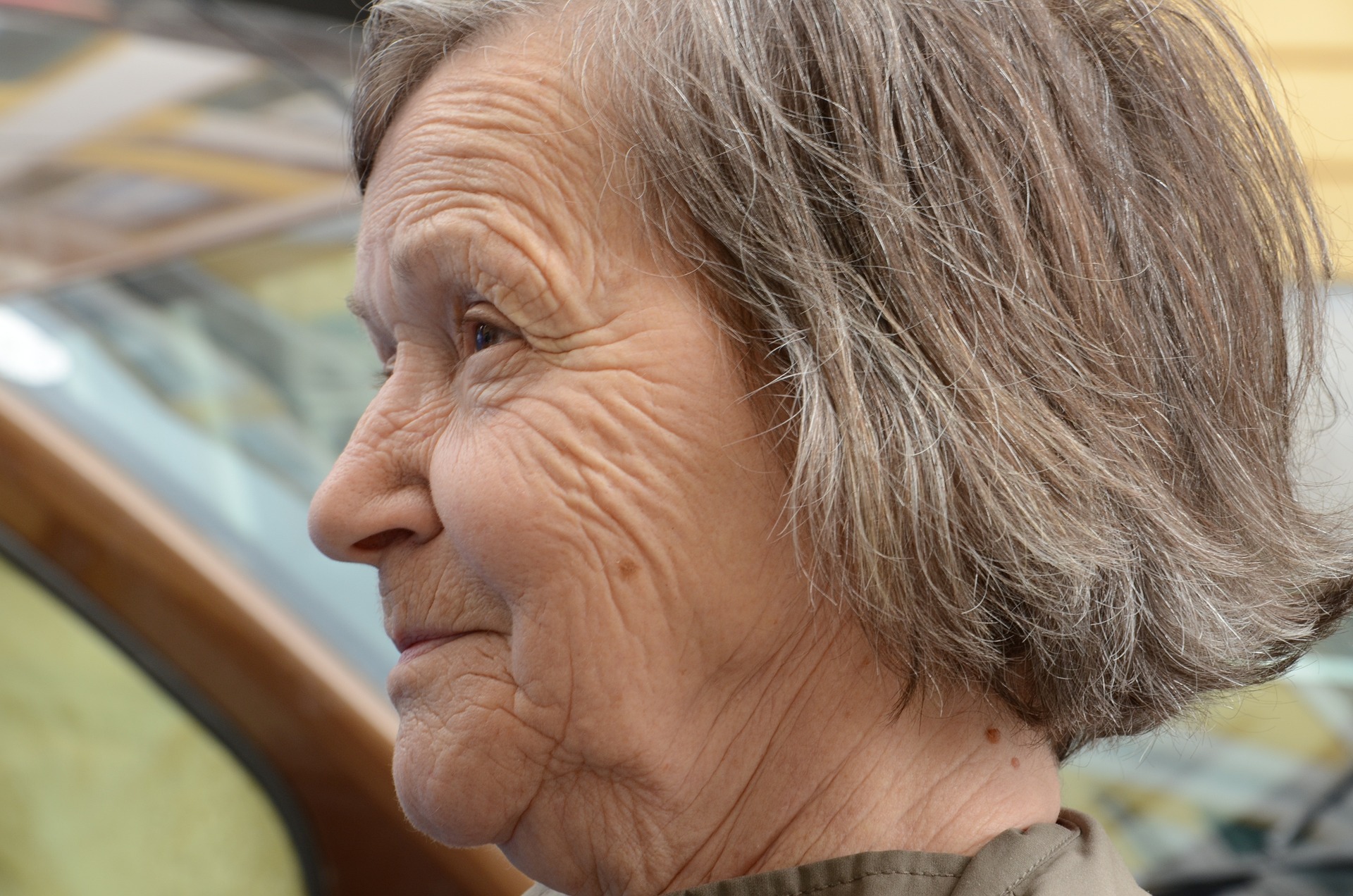
Are Milia contagious?
Milia are not caused by a pathogen, so they are not contagious. You can’t pass them on to people you come skin to skin with and you can’t spread them on your own face by using the same washcloth or towel on them you also use on other parts.
While they often appear as multiples in one area, that is due to the underlying cause, not to them spreading.

Image by ❄️♡💛♡❄️ Julita ❄️♡💛♡❄️ from Pixabay
How are Milia treated?
While Milia will usually resolve on their own and cause absolutely no harm, I understand that especially on the face you might not want to wait several months for them to go away on their own.
For treatment, you can either see a dermatologist or an experienced facialist that can – one – give you a proper diagnosis so you don’t think you have milia, but actually suffer from for example syringomas, and that can – two – extract them by either lancing the skin with a needle or a tiny blade or by cauterizing the top layer with electricity.
And before you ask: Yes, you could obviously poke yourself at home with needles and scalpels, but you definitely shouldn’t – leave that to someone experienced and able to keep things sterile. Just like trying to squeeze, handling them at home could lead to scarring that looks way worse than the Milia. (More info: What is hyperpigmentation and where does it come from)
If you don’t want them extracted, but want to speed up the process, topical retinoids like Adapalene are your best bet. AHAs are often recommended as well, but retinoids seem to be superior here. (More info: The difference between retinol and retinoid – your comprehensive guide)

Image by Olya Lolé from Pixabay
What can I do to prevent Milia?
To prevent Milia from appearing, it is important to identify your individual triggers – some people react to occlusive products, others don’t – and avoid them when possible.
Some things can’t be avoided though, aging for example, and in this case introducing a retinoid and exfoliating regularly is recommended – in a frequency and intensity that is adapted to your individual skin, as over exfoliation again causes microtrauma with an increased risk for Milia. (More info: The 5 things you need to do when your skin barrier is damaged)
Sun protection should be a given anyway, and if they still do appear because you are just unlucky, take comfort in the fact that they will go away with time and, unless you pick and squeeze them, will not leave a scar.

Don’t forget to check out the Discount Code Page on top if you want to save some money on your next skincare purchase.
If you want to get a vote in the next Ask Doctor Anne Topic, Ingredient Spotlight or product I review, don’t forget you can head over to my Patreon account to get more involved!
